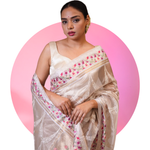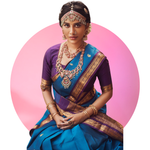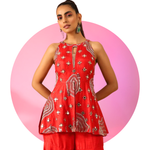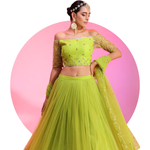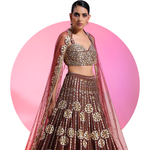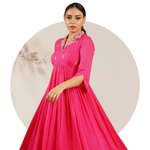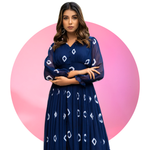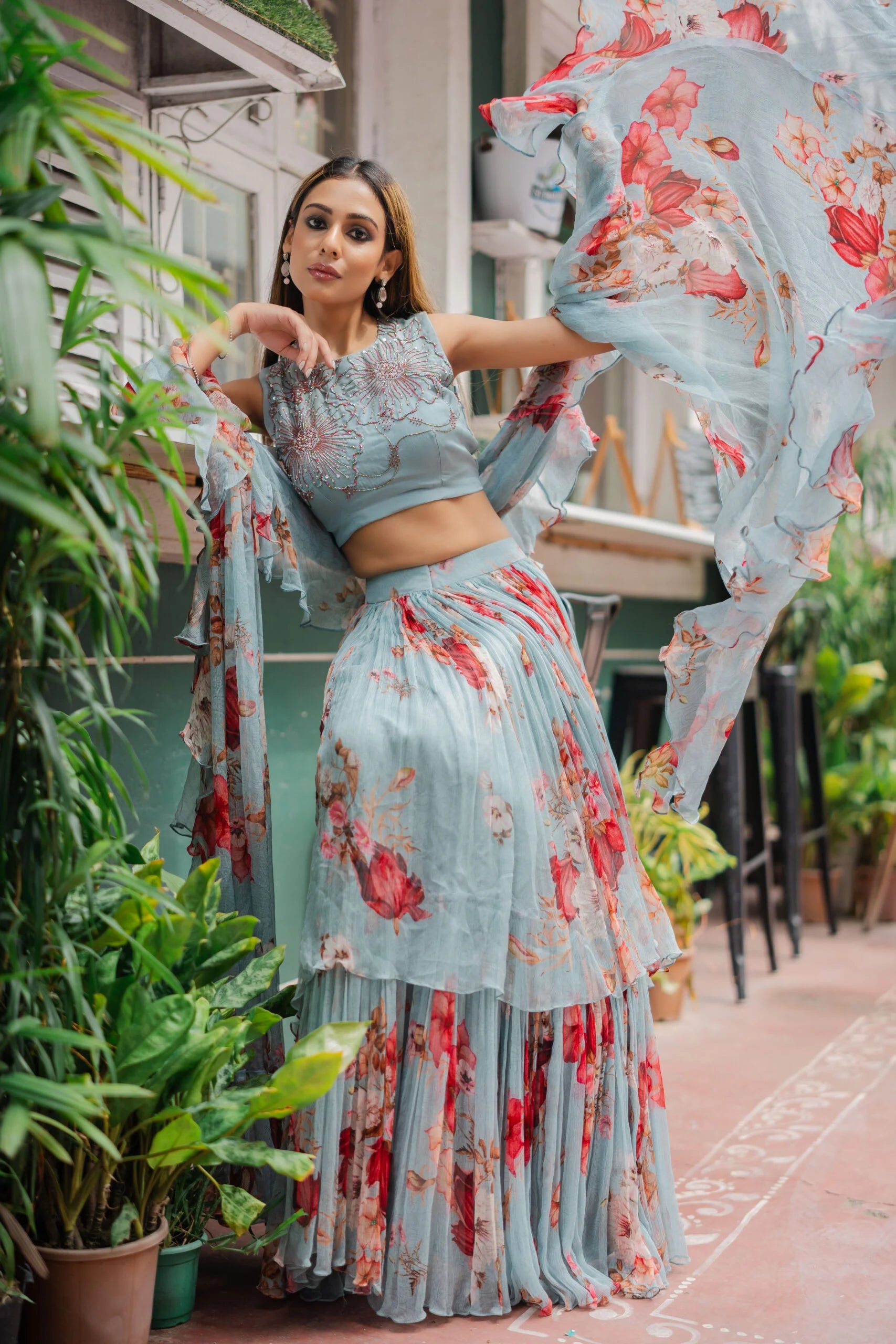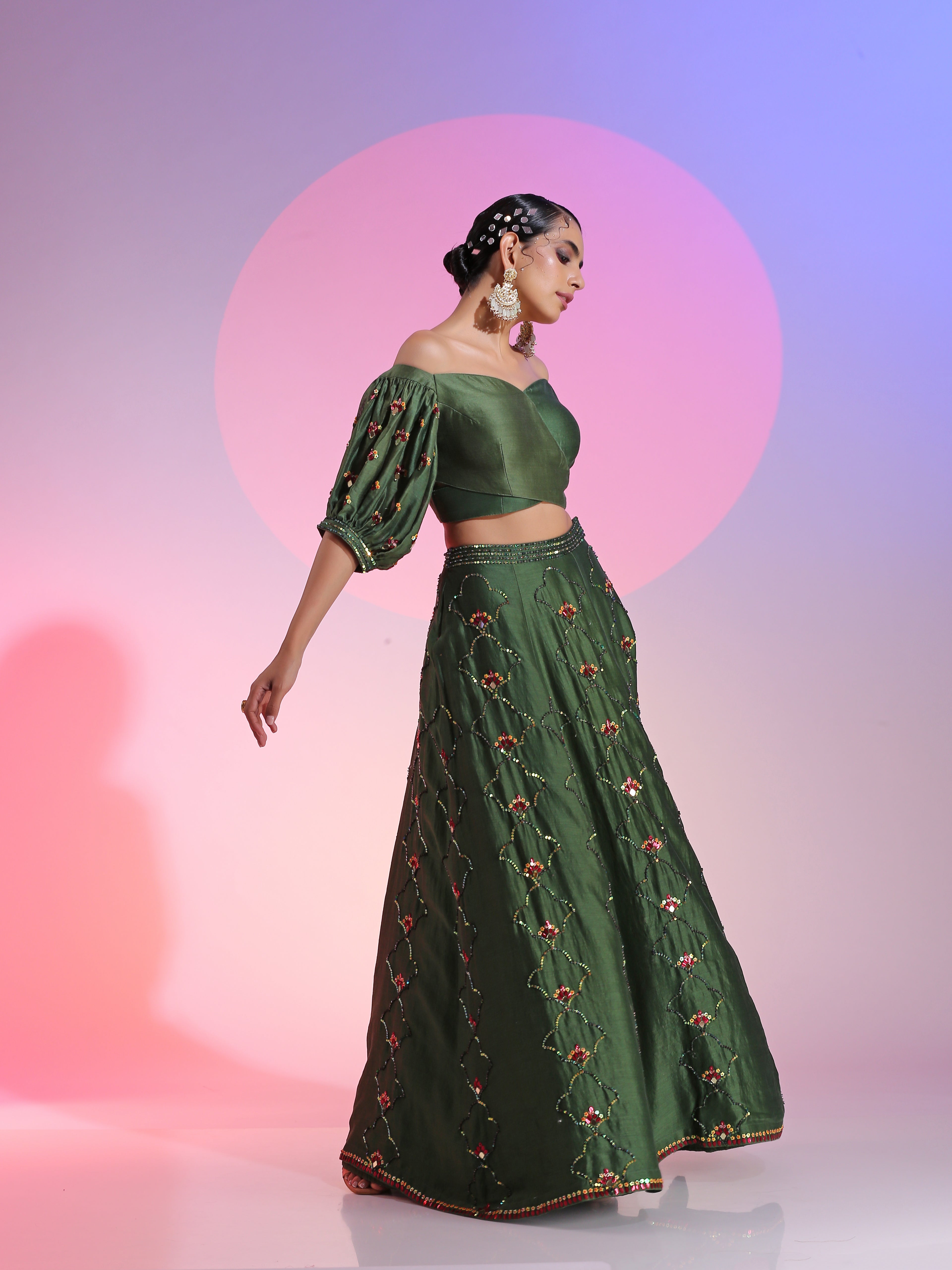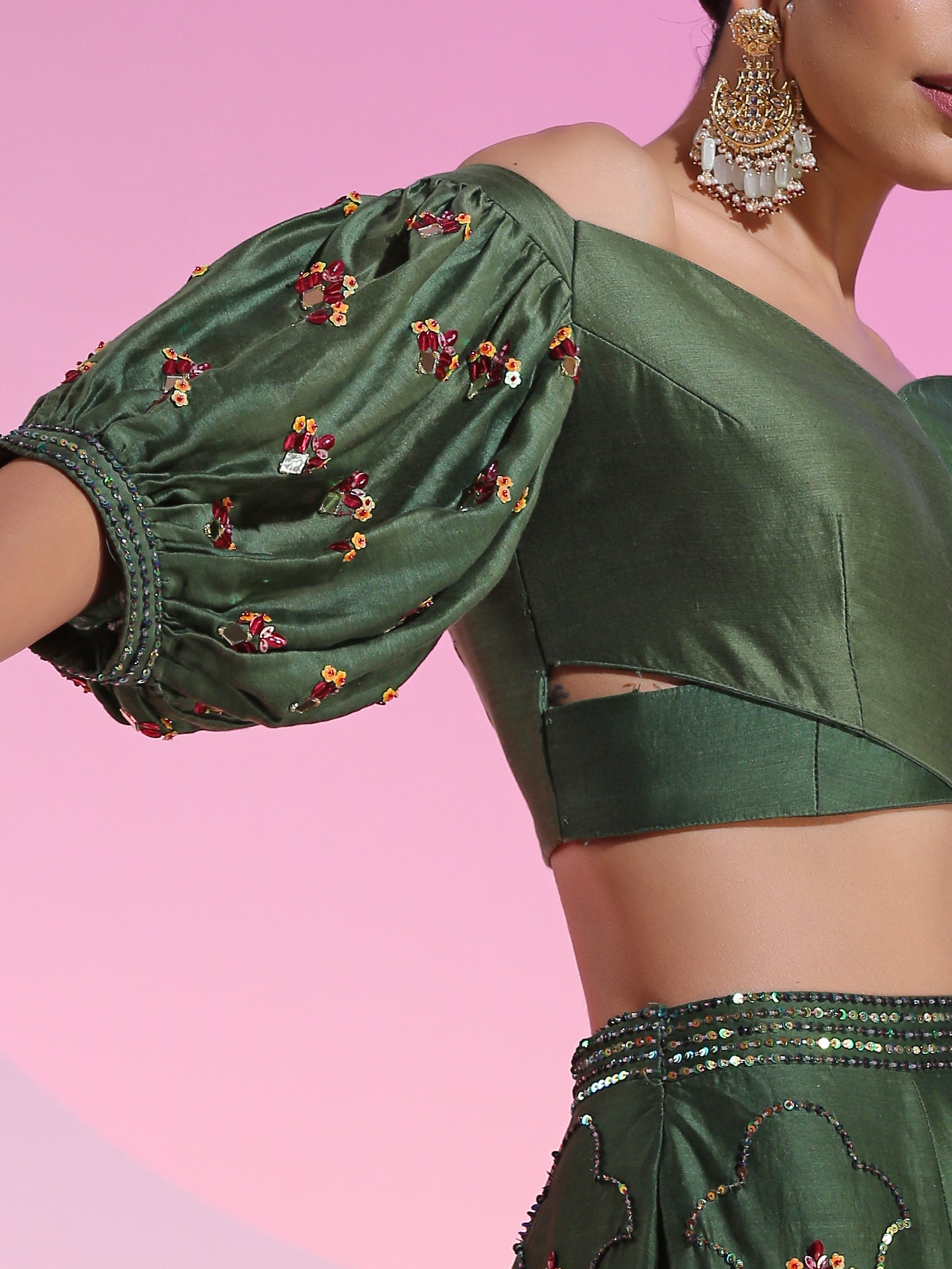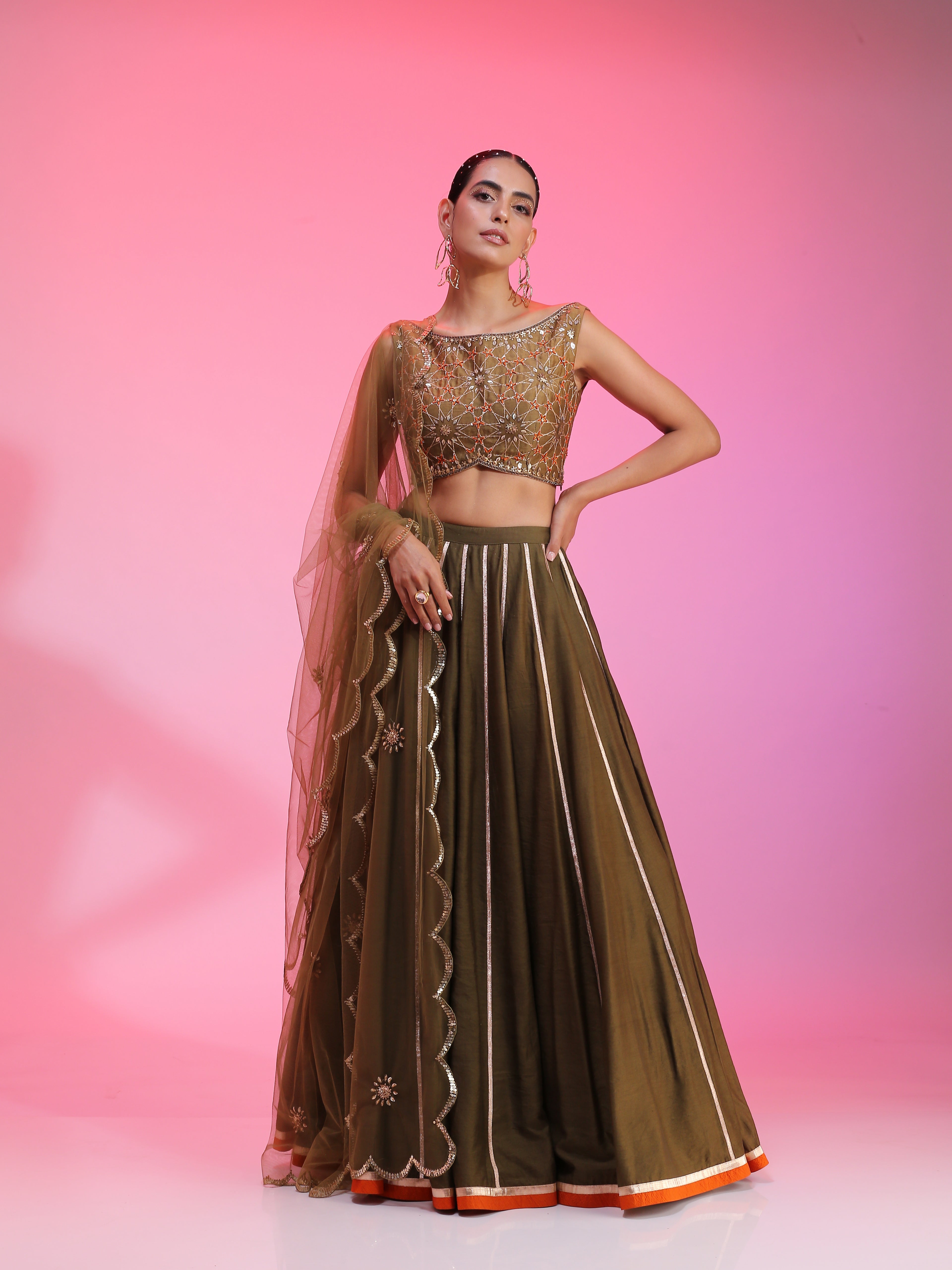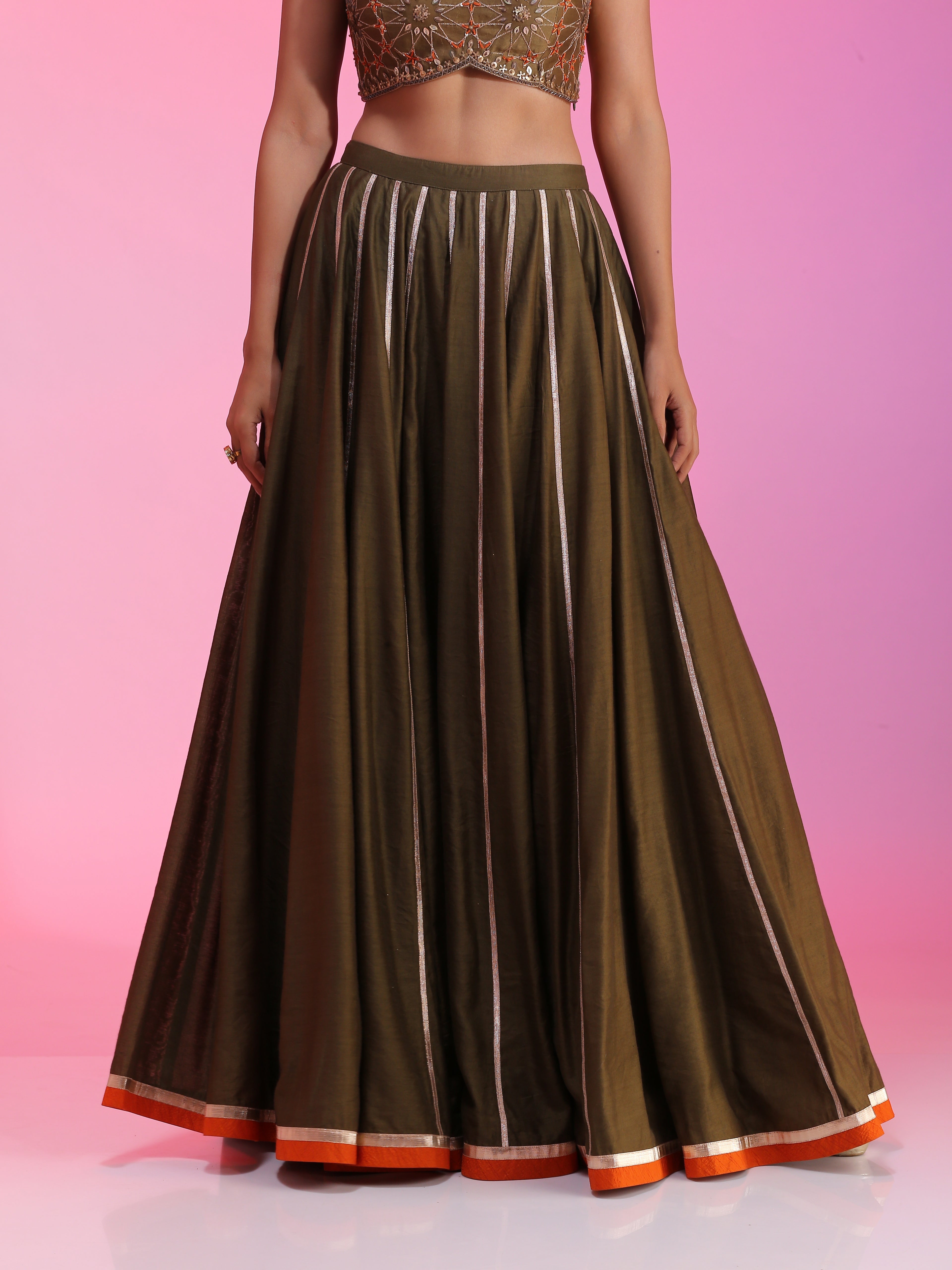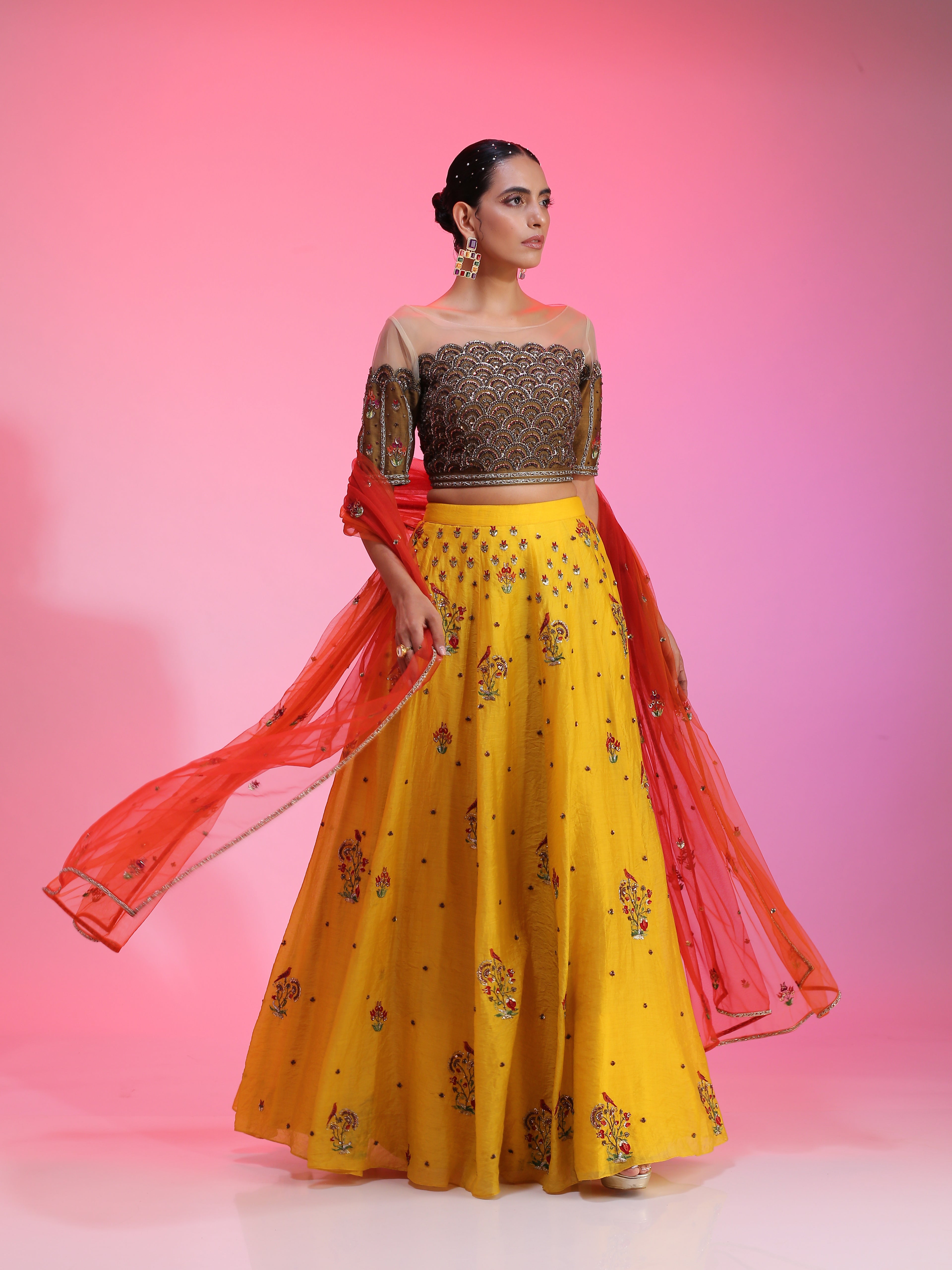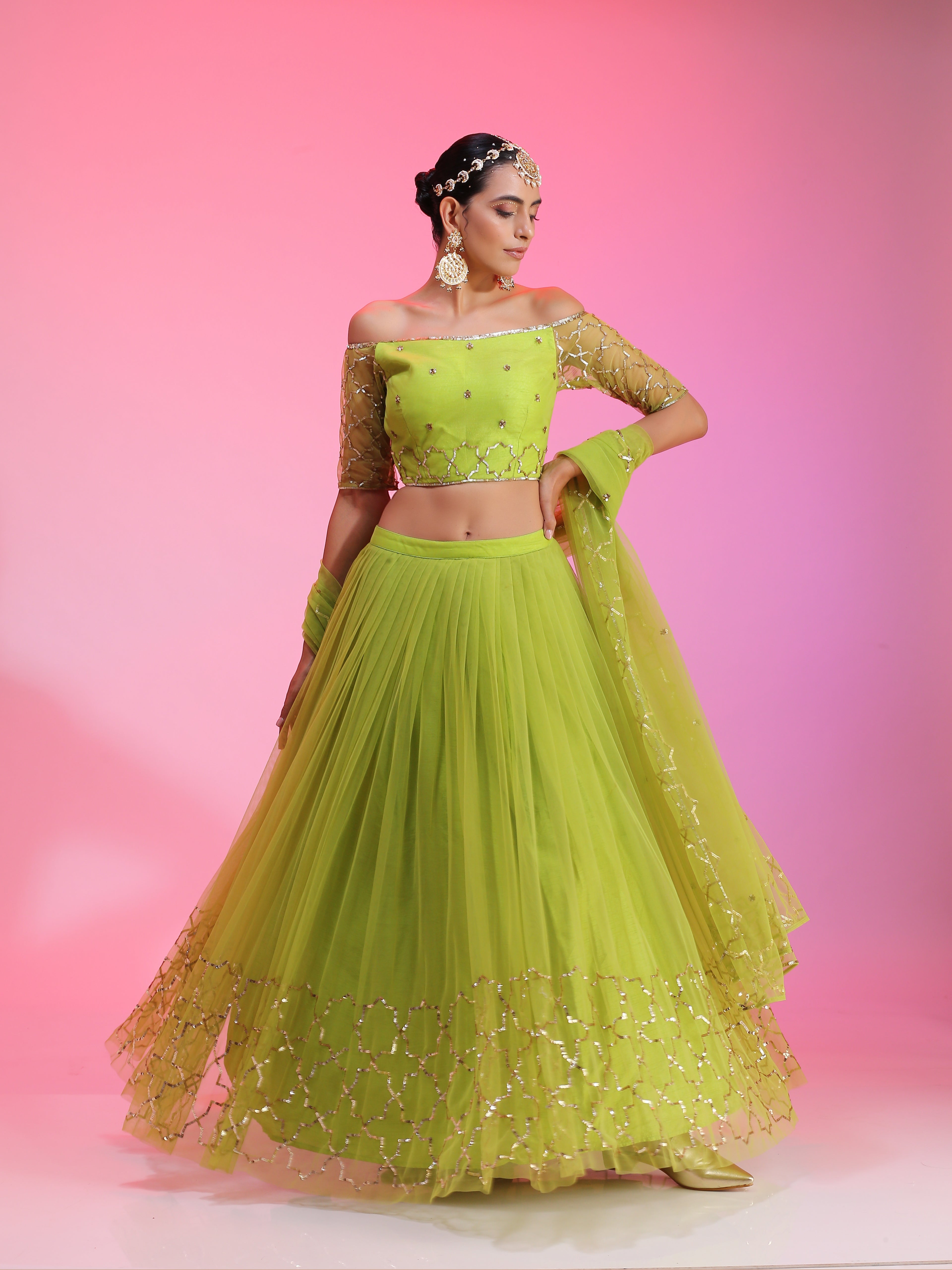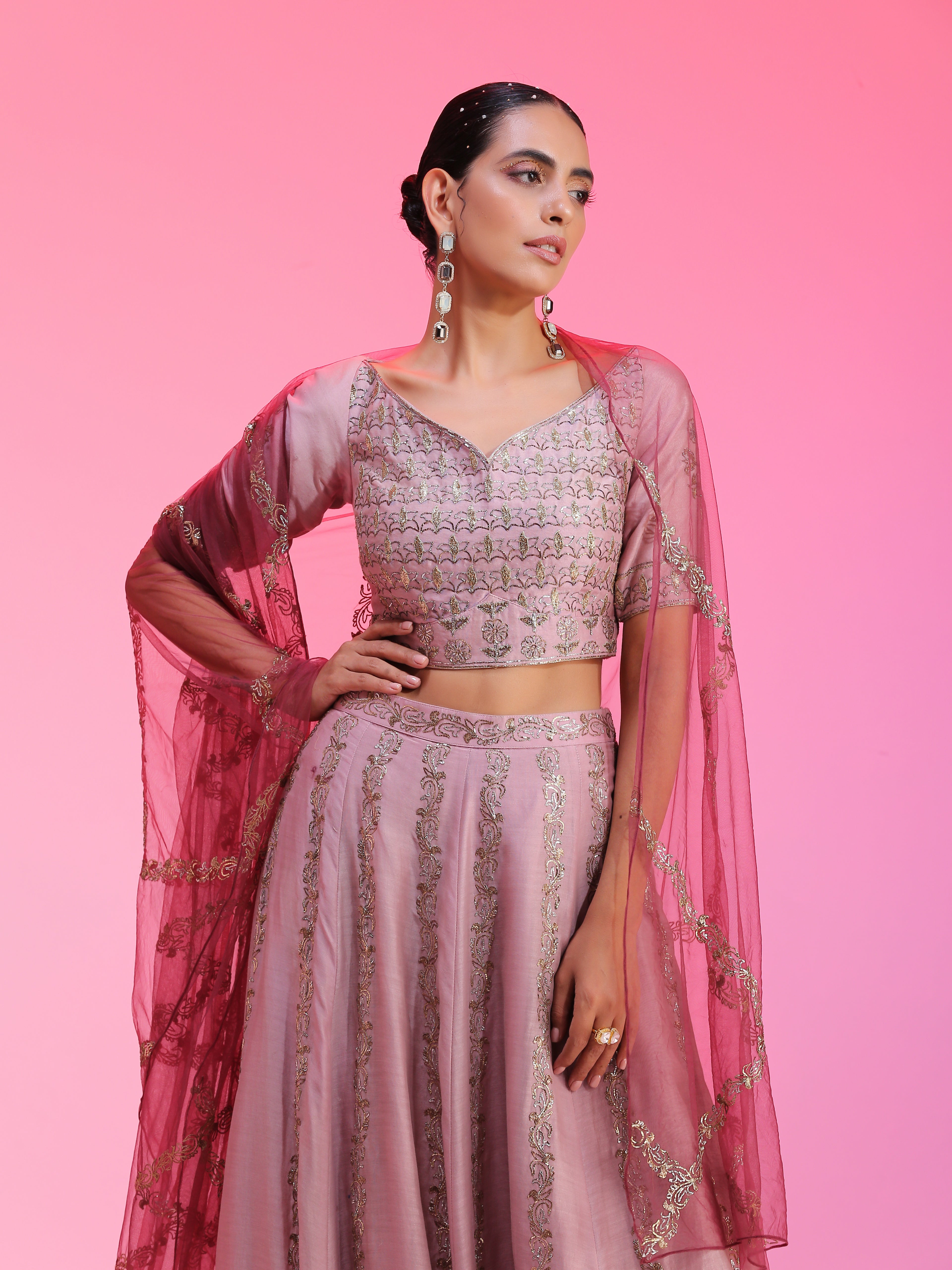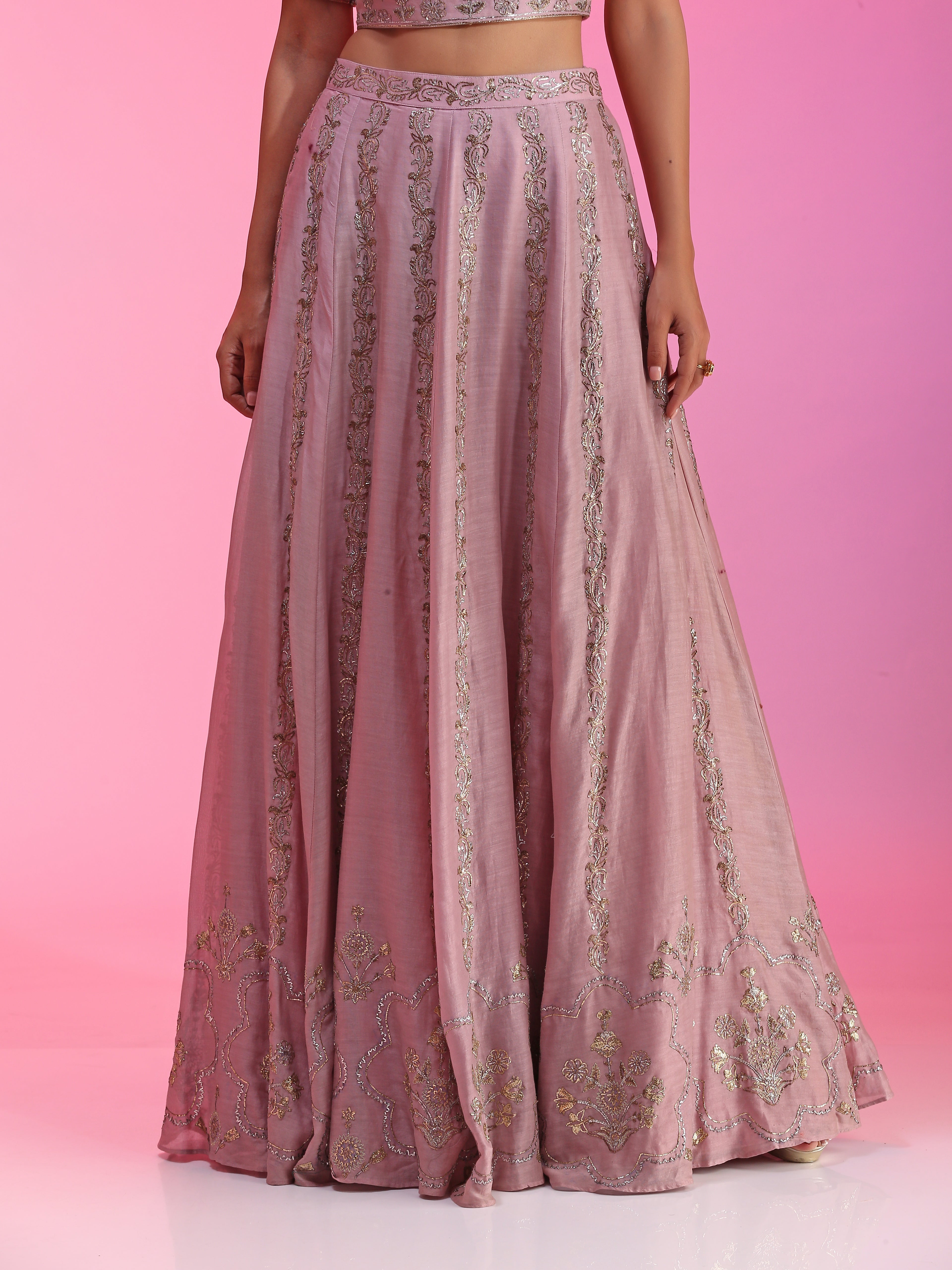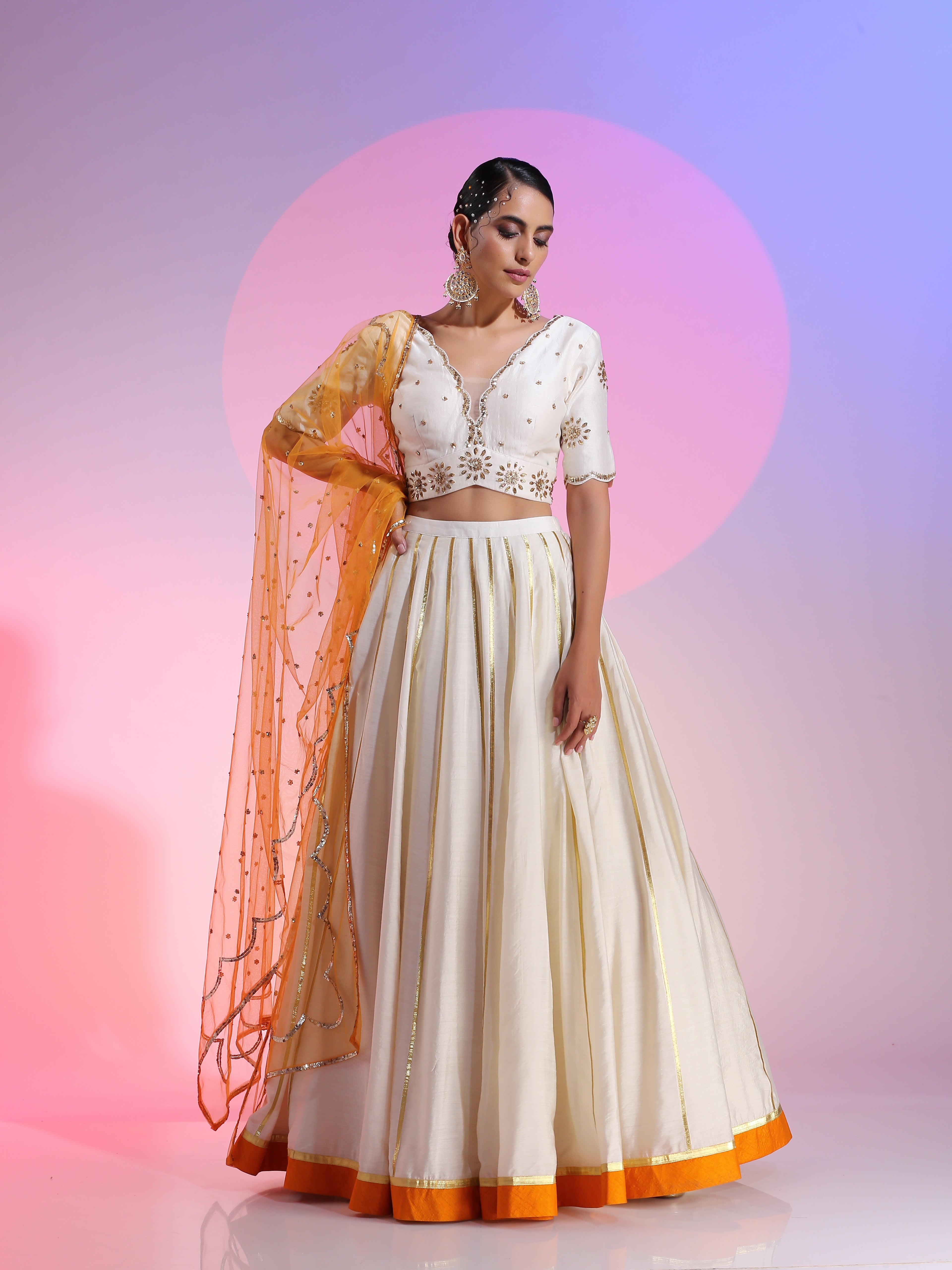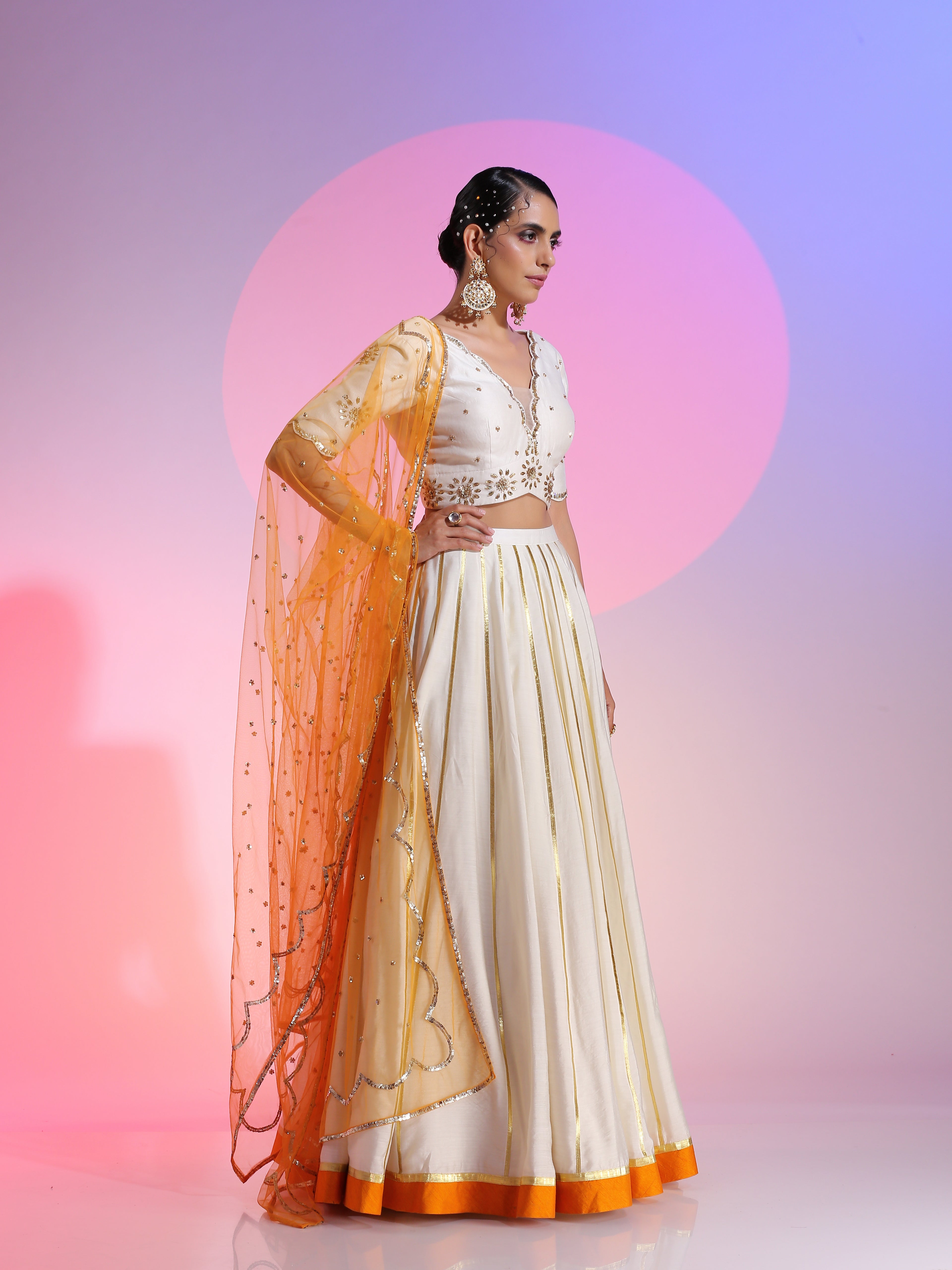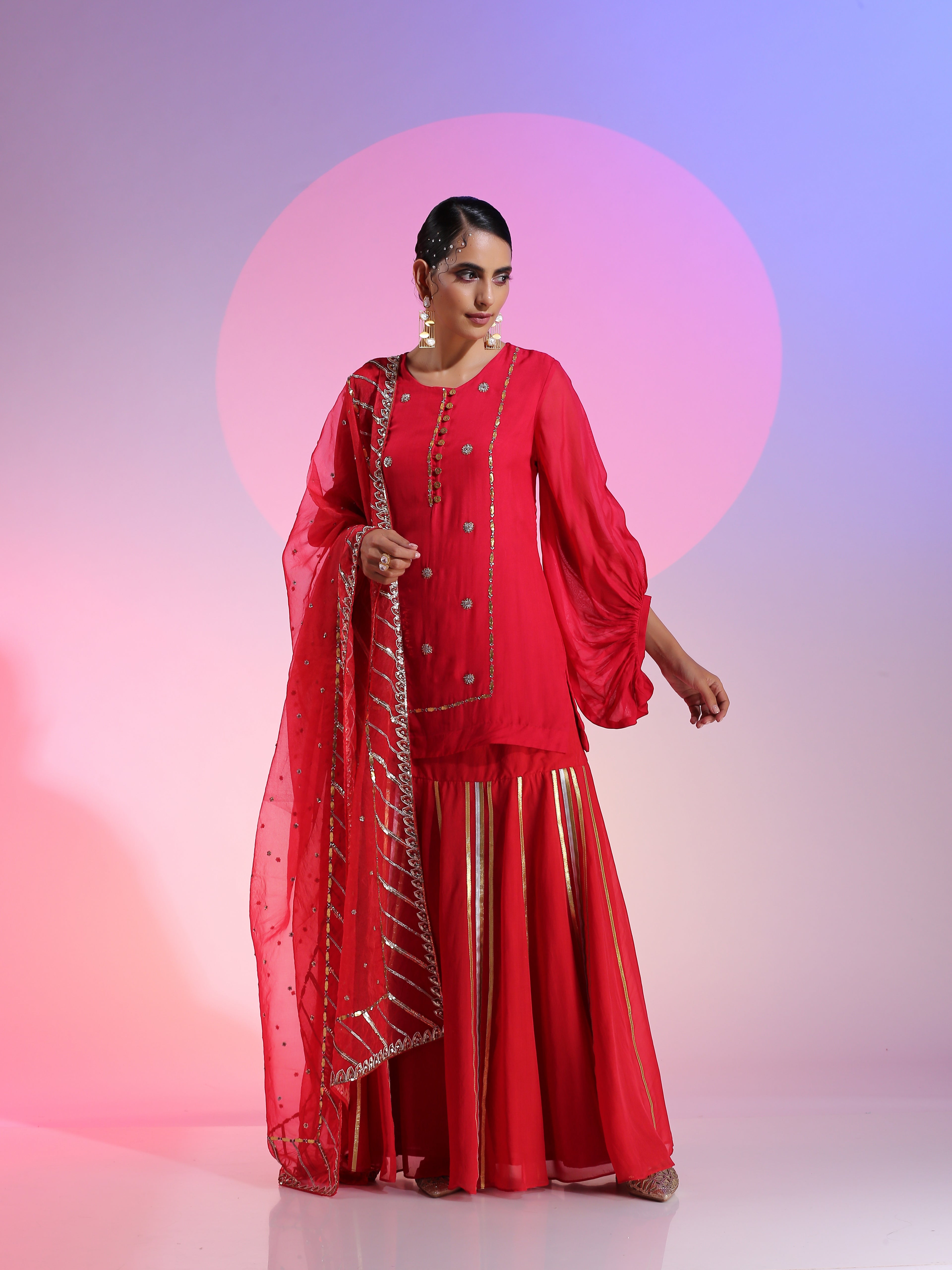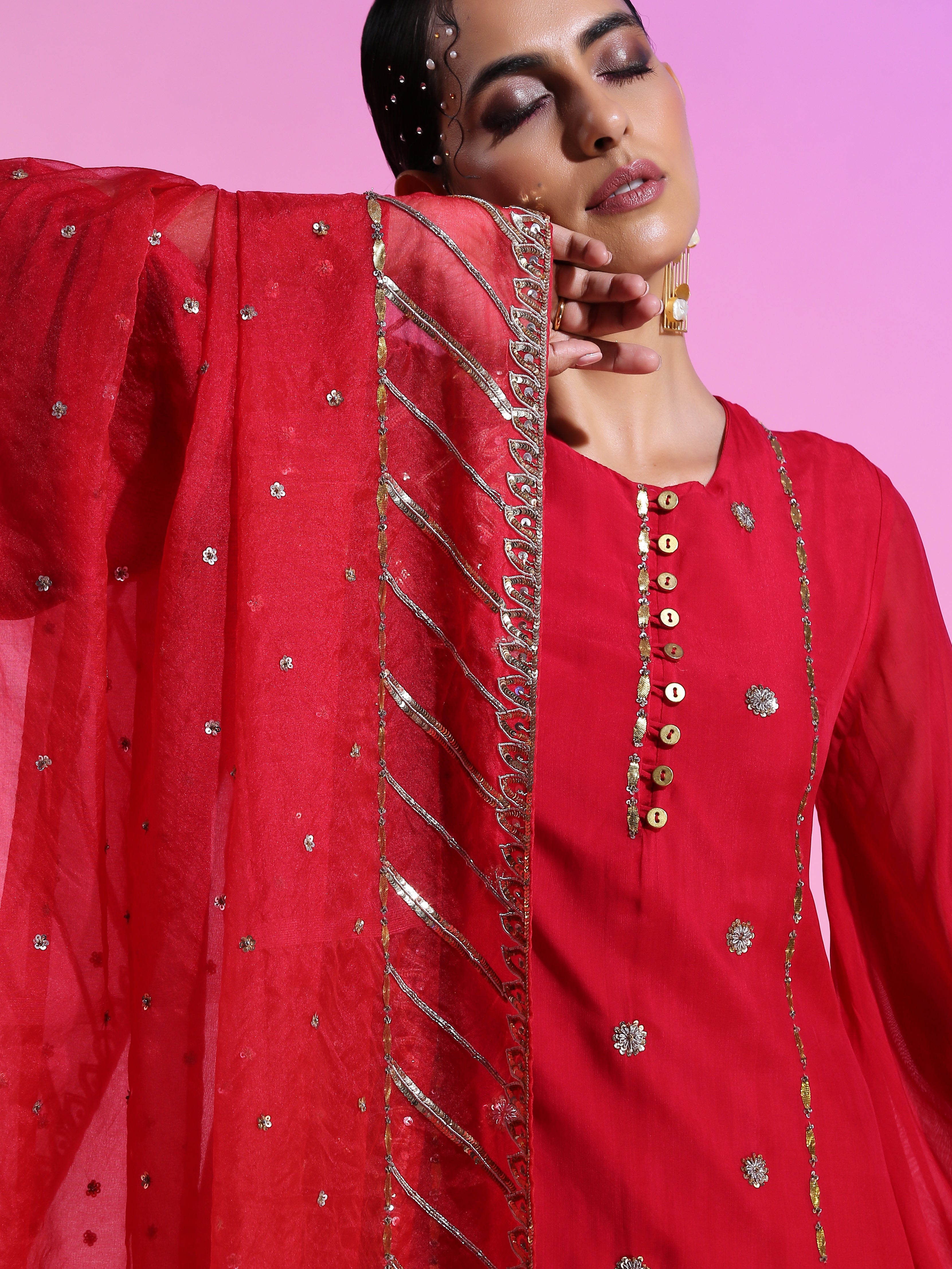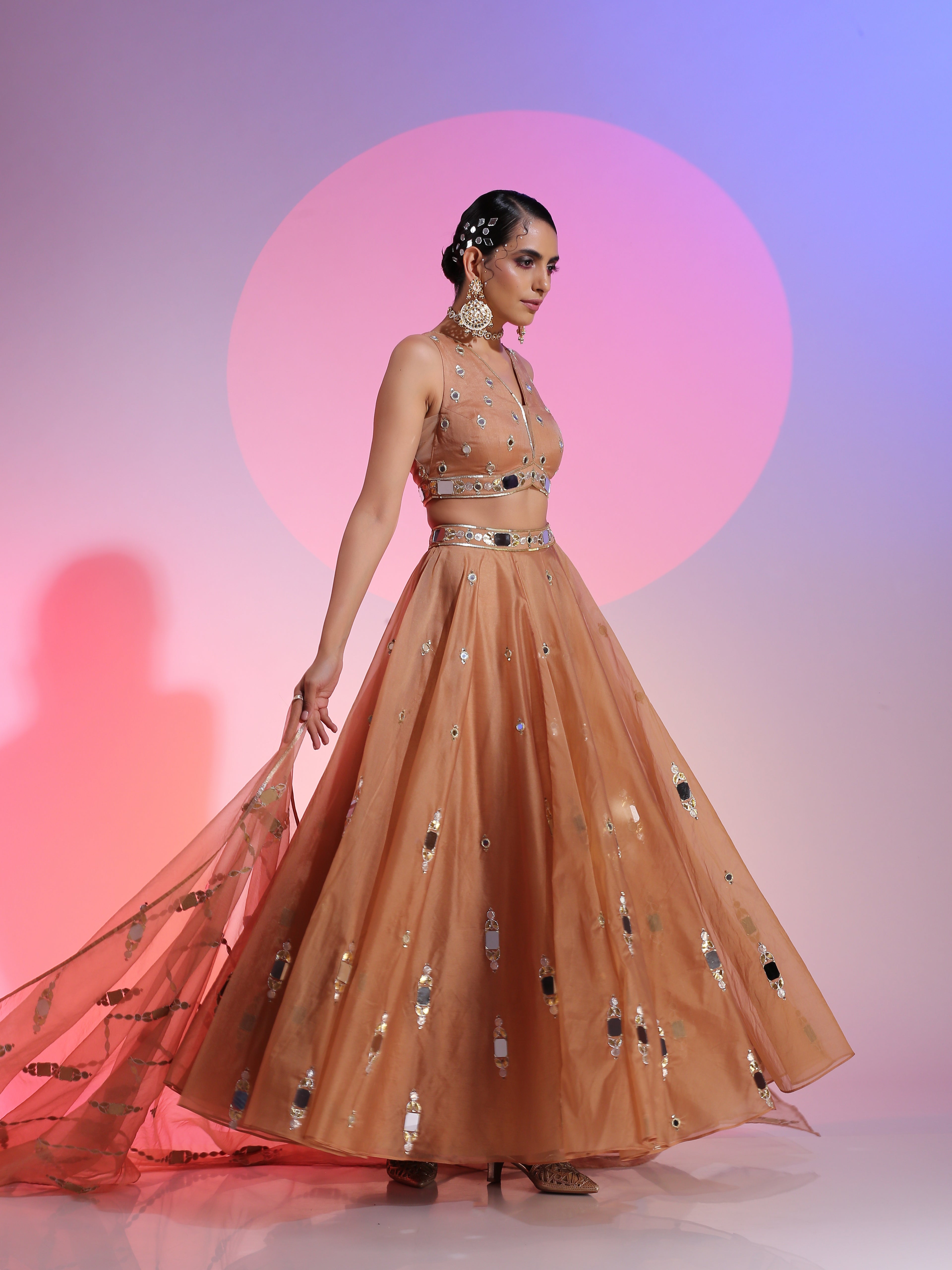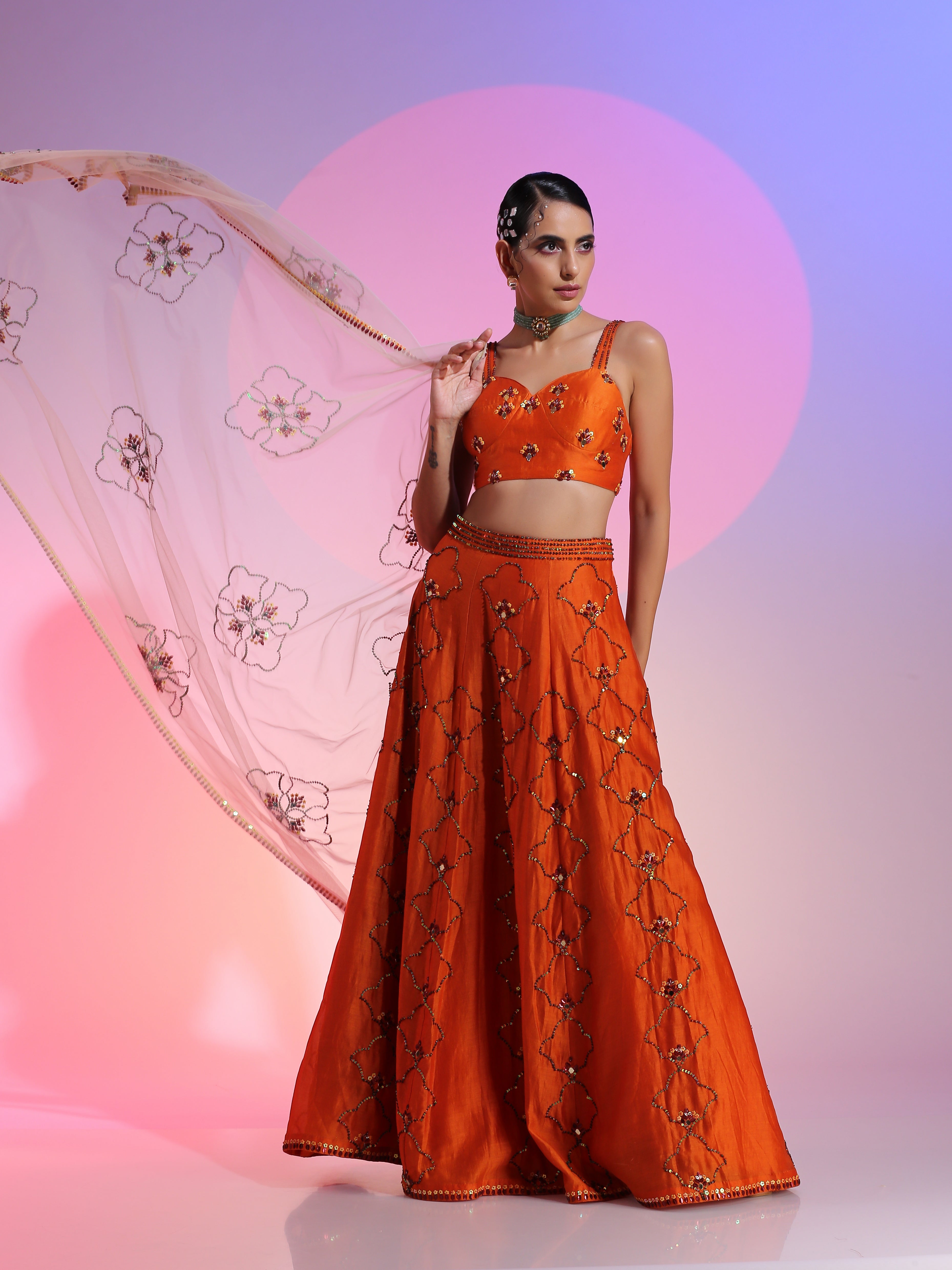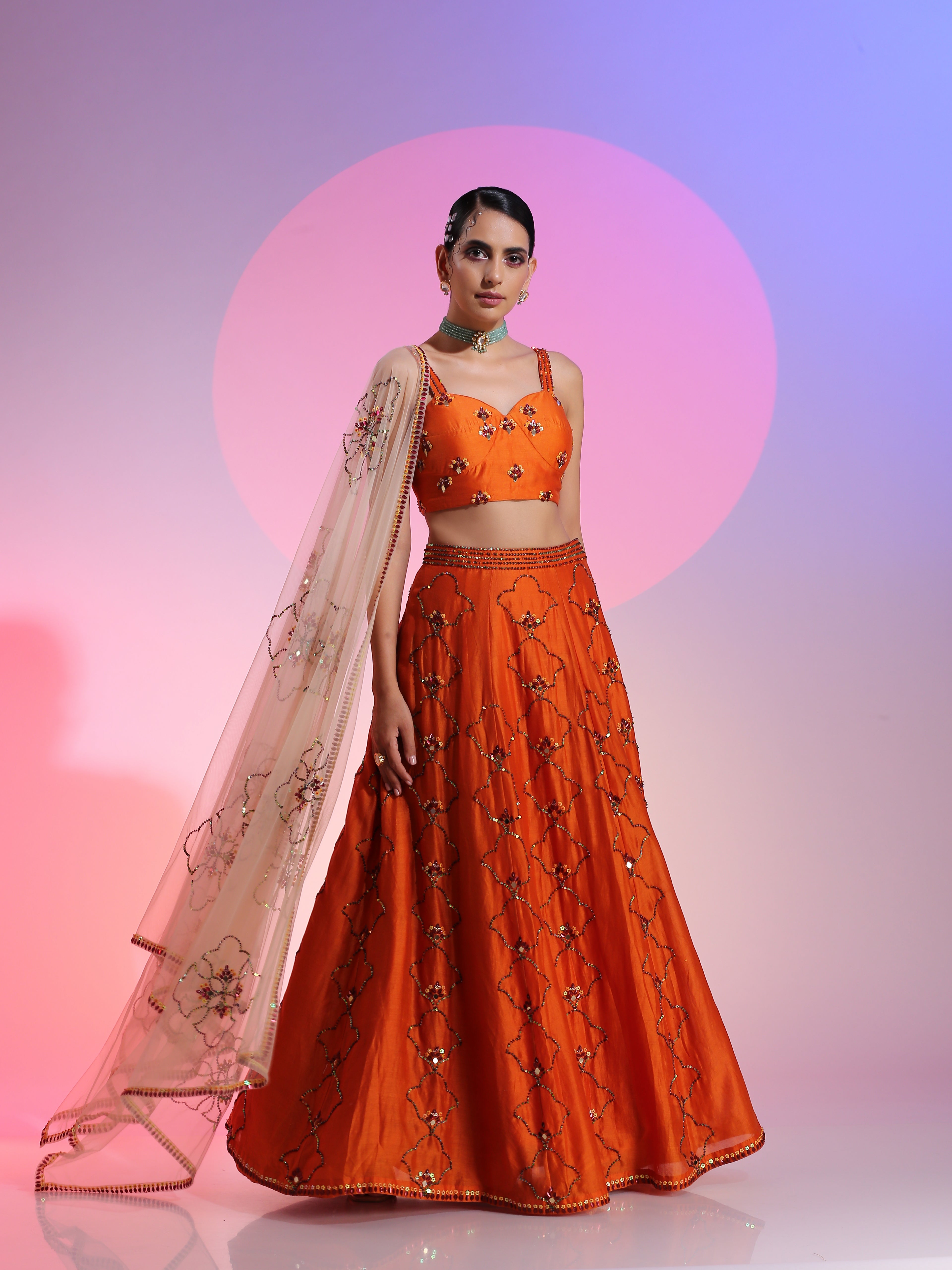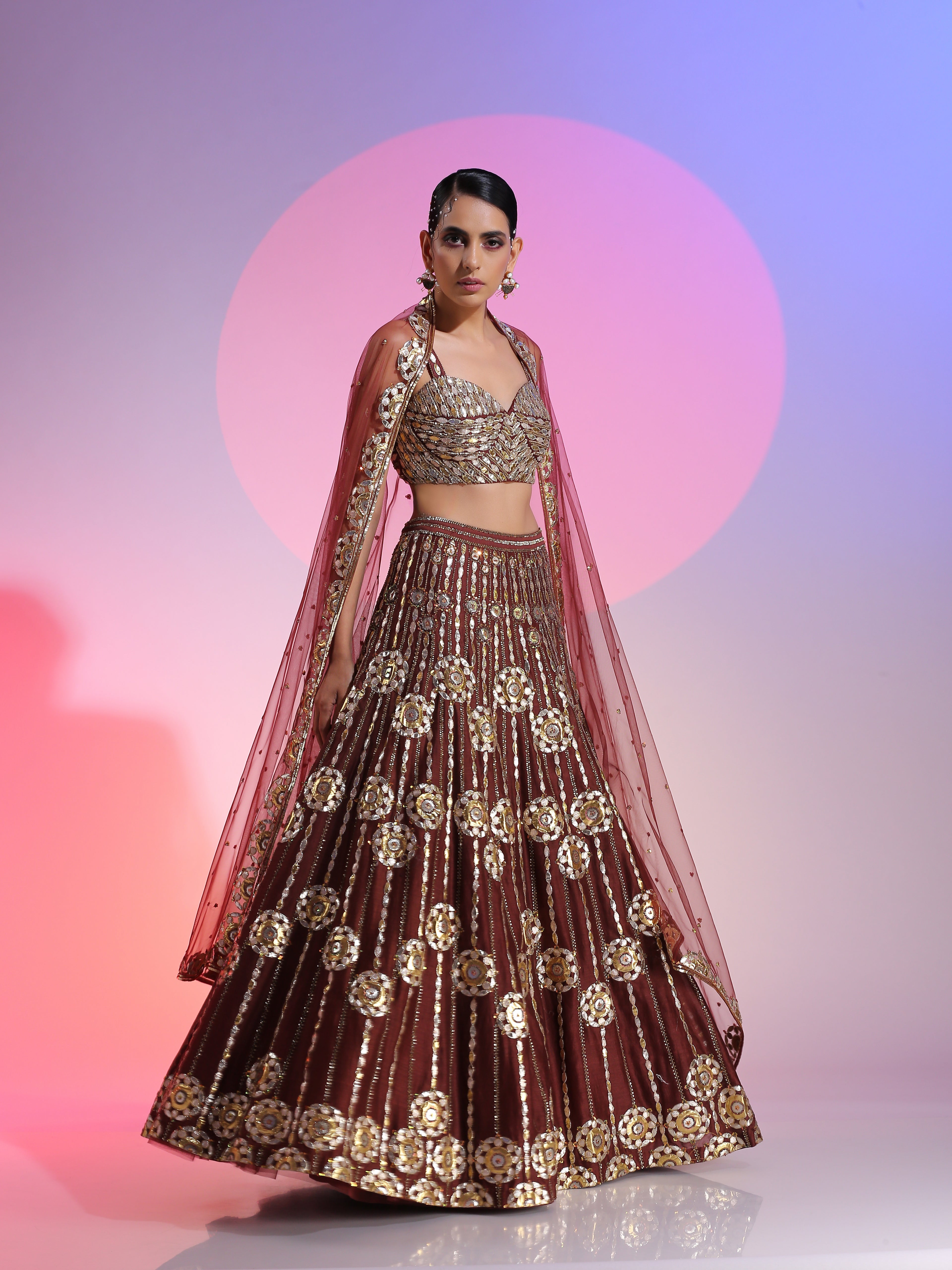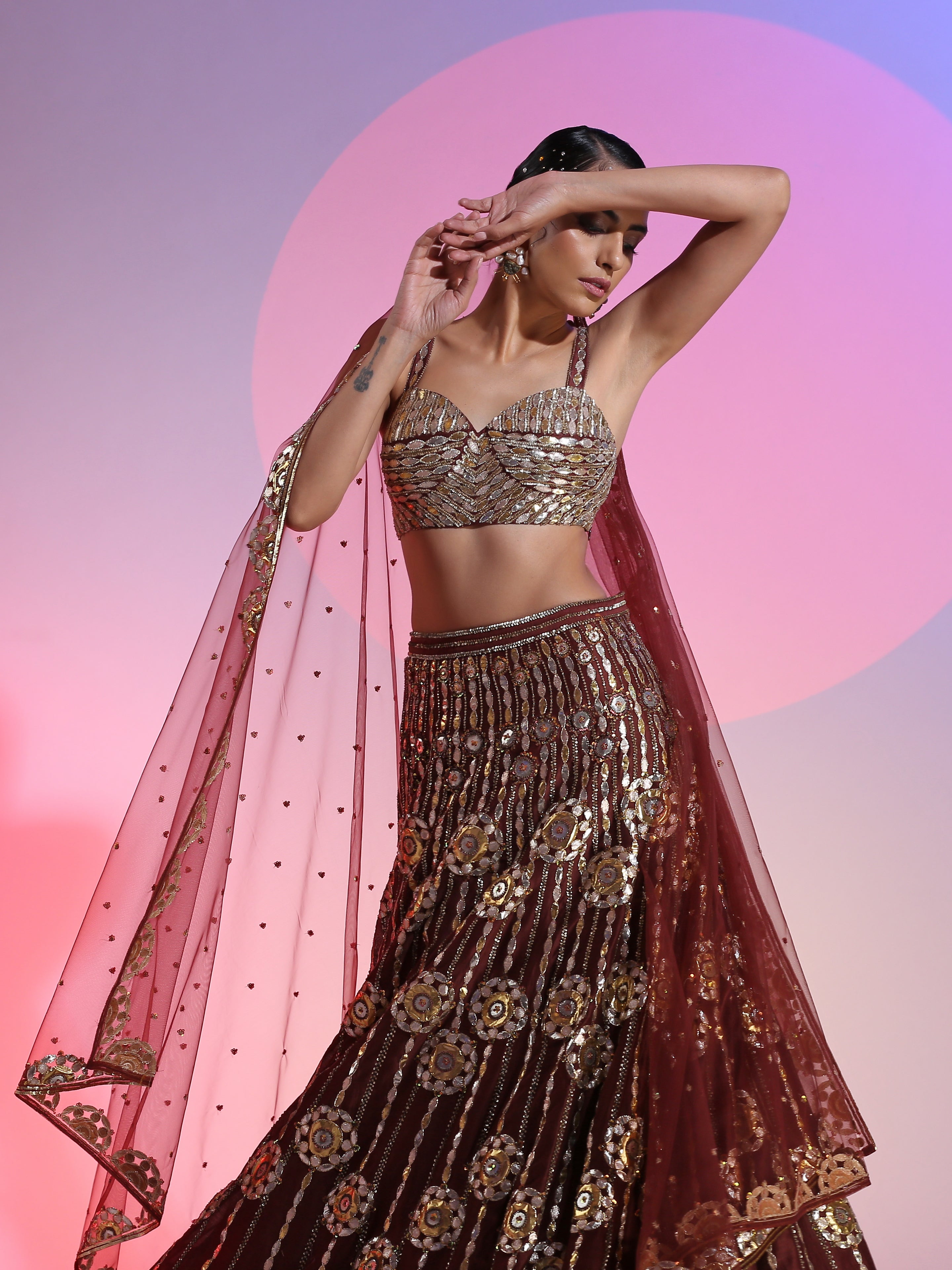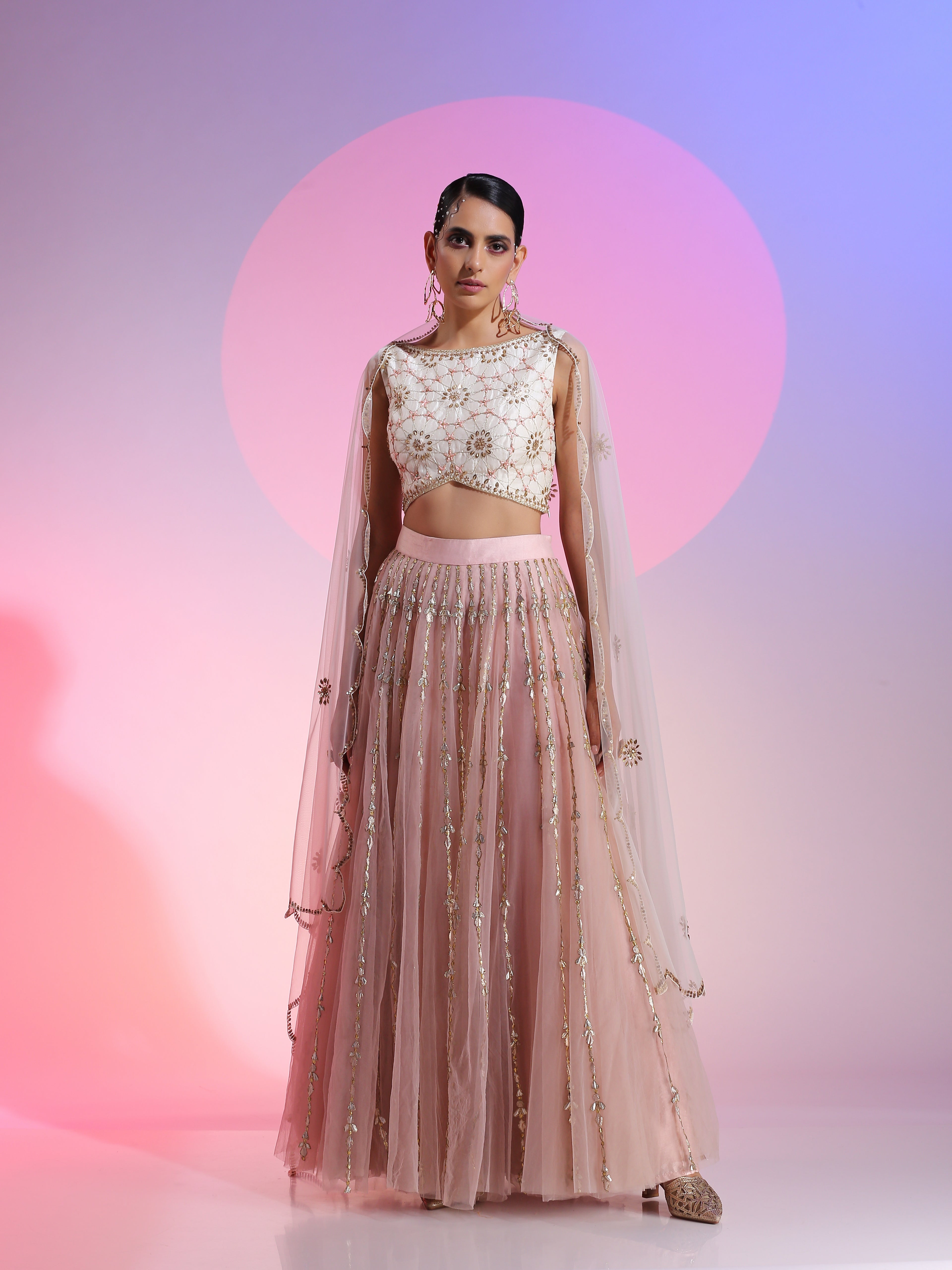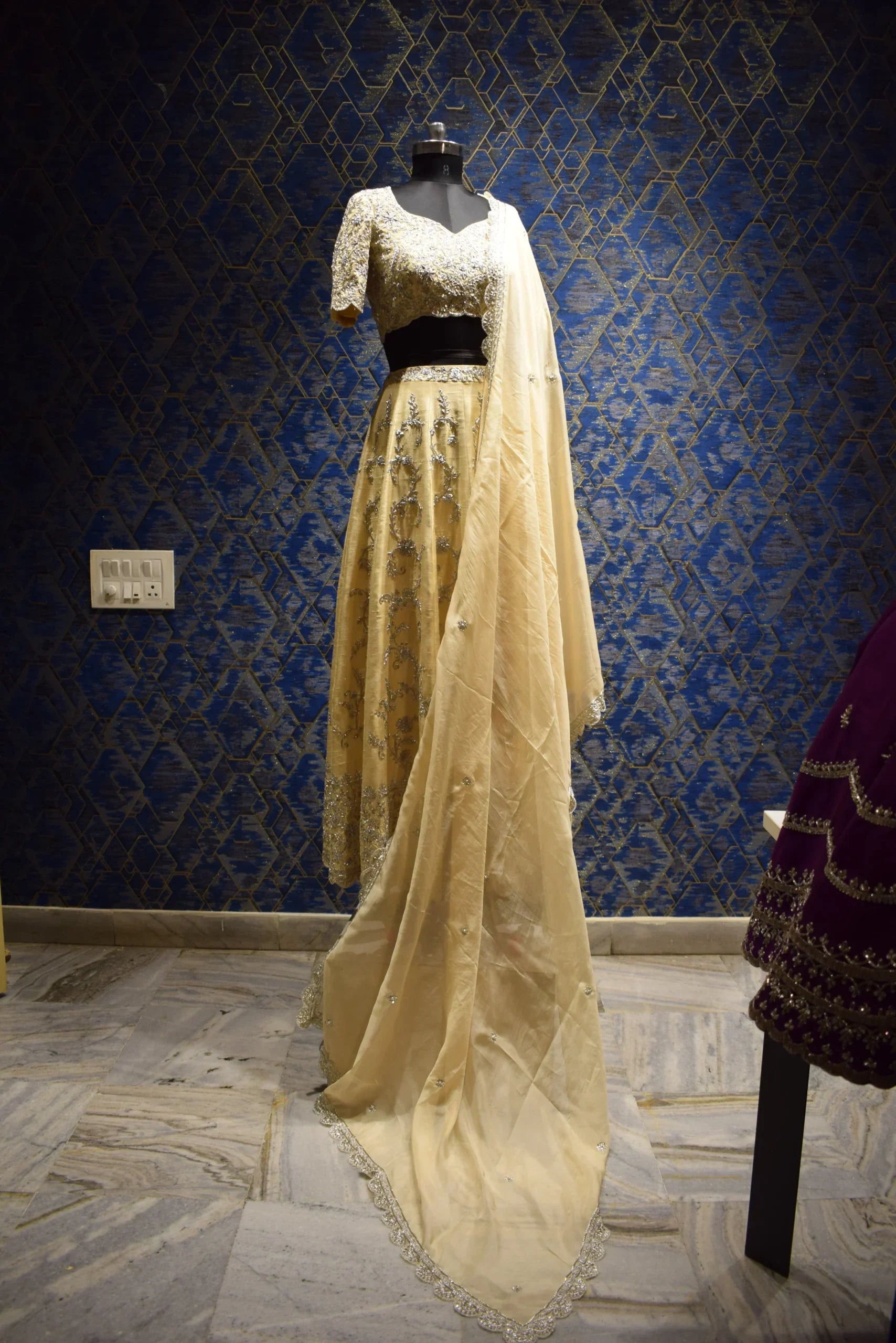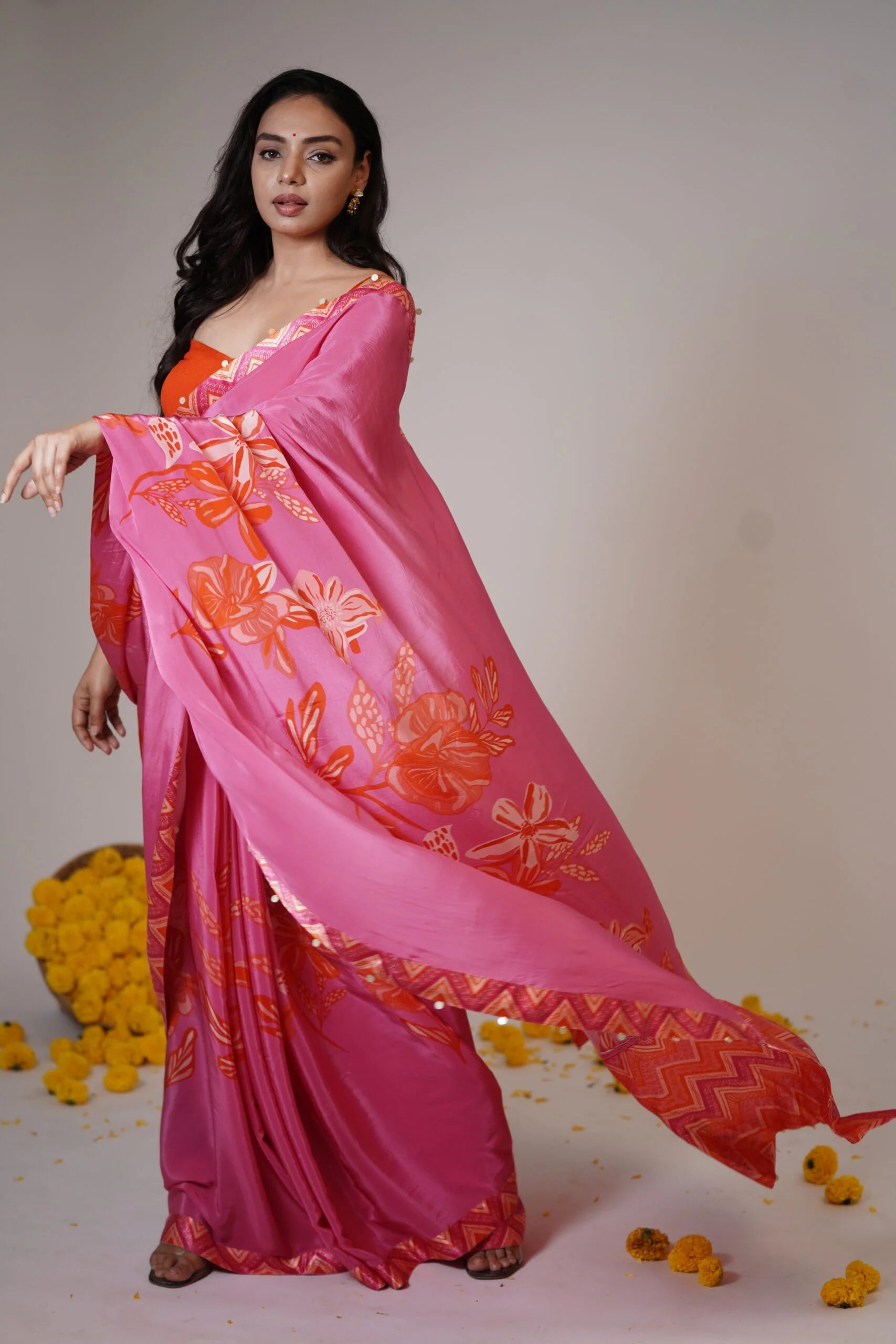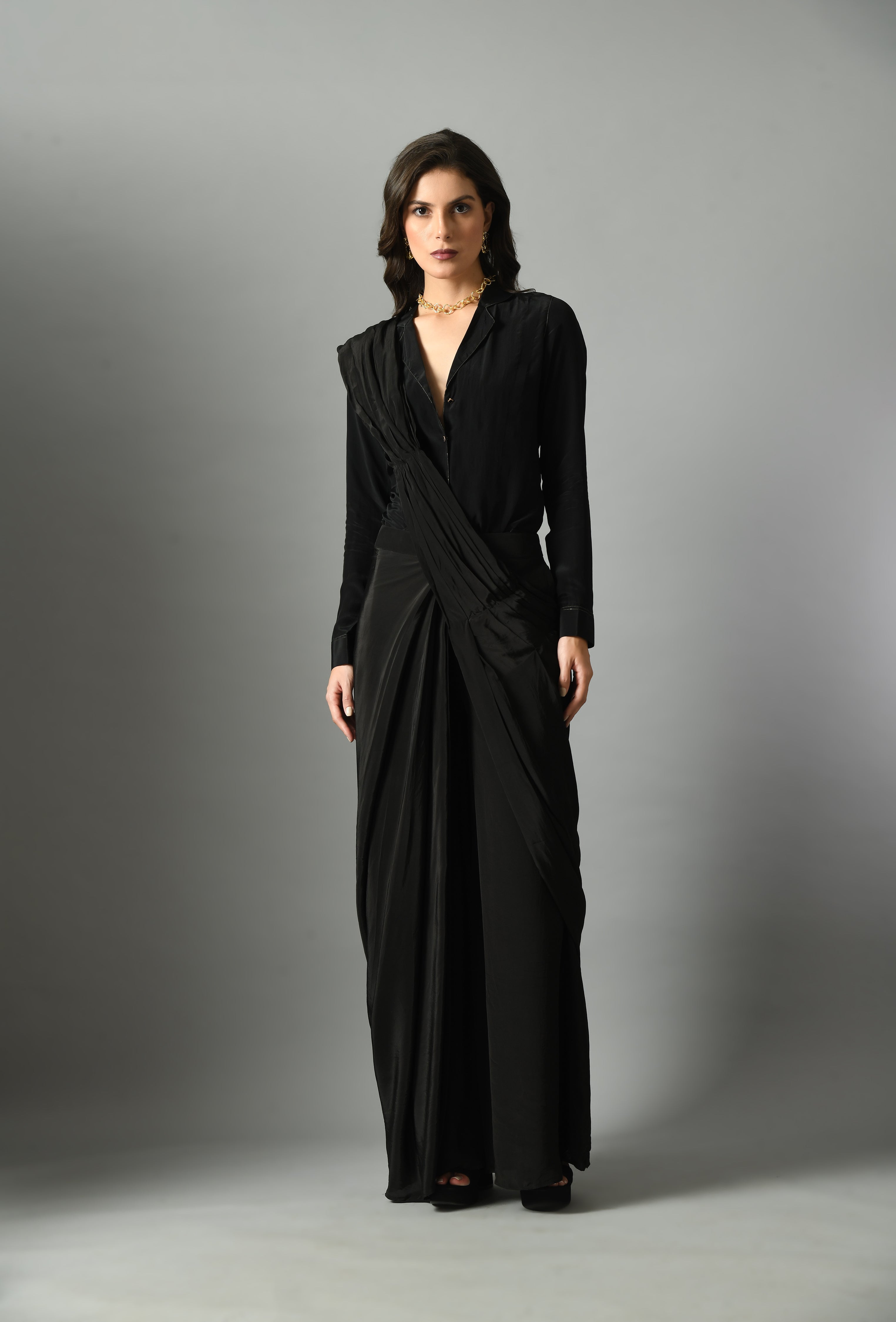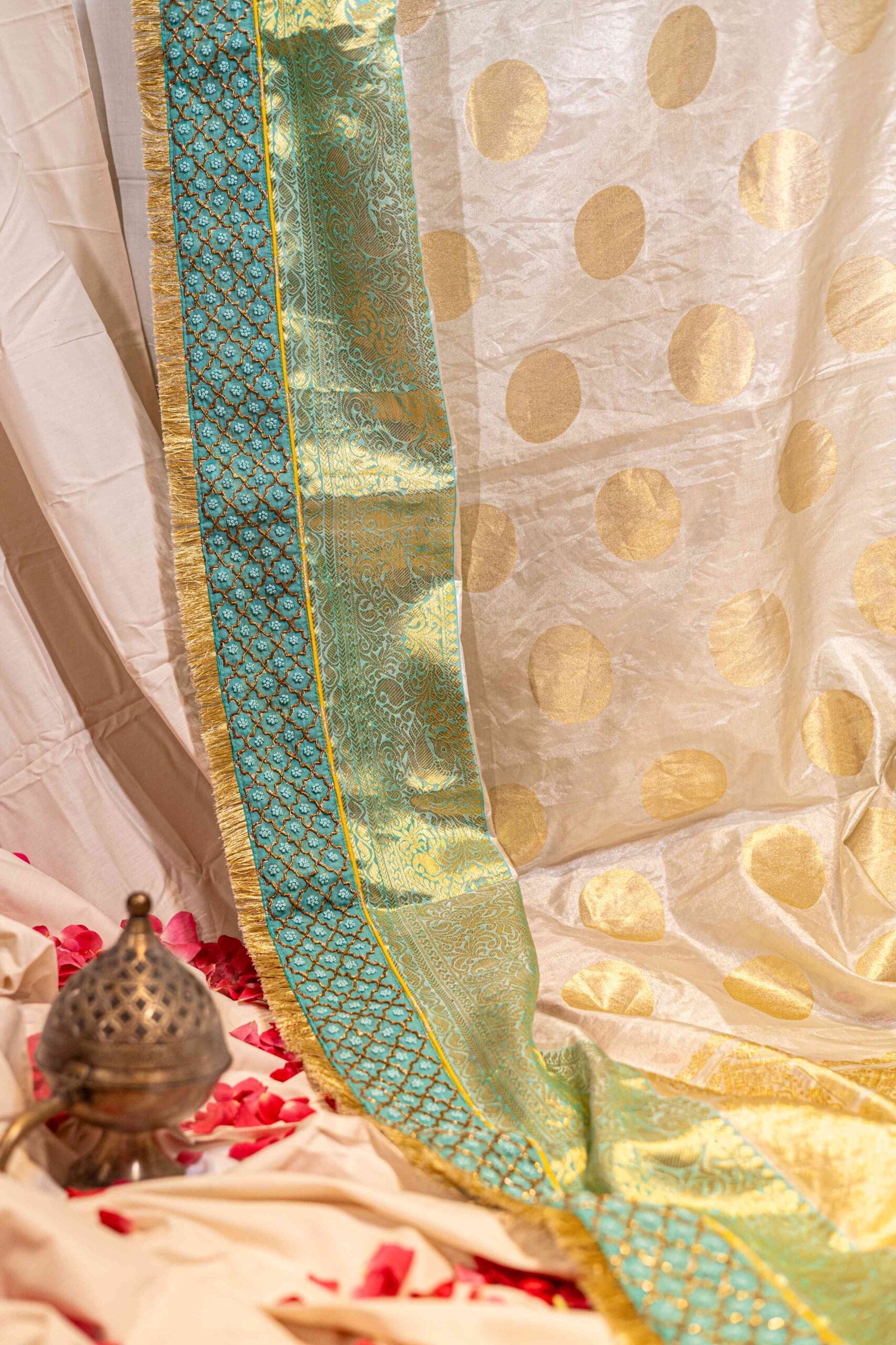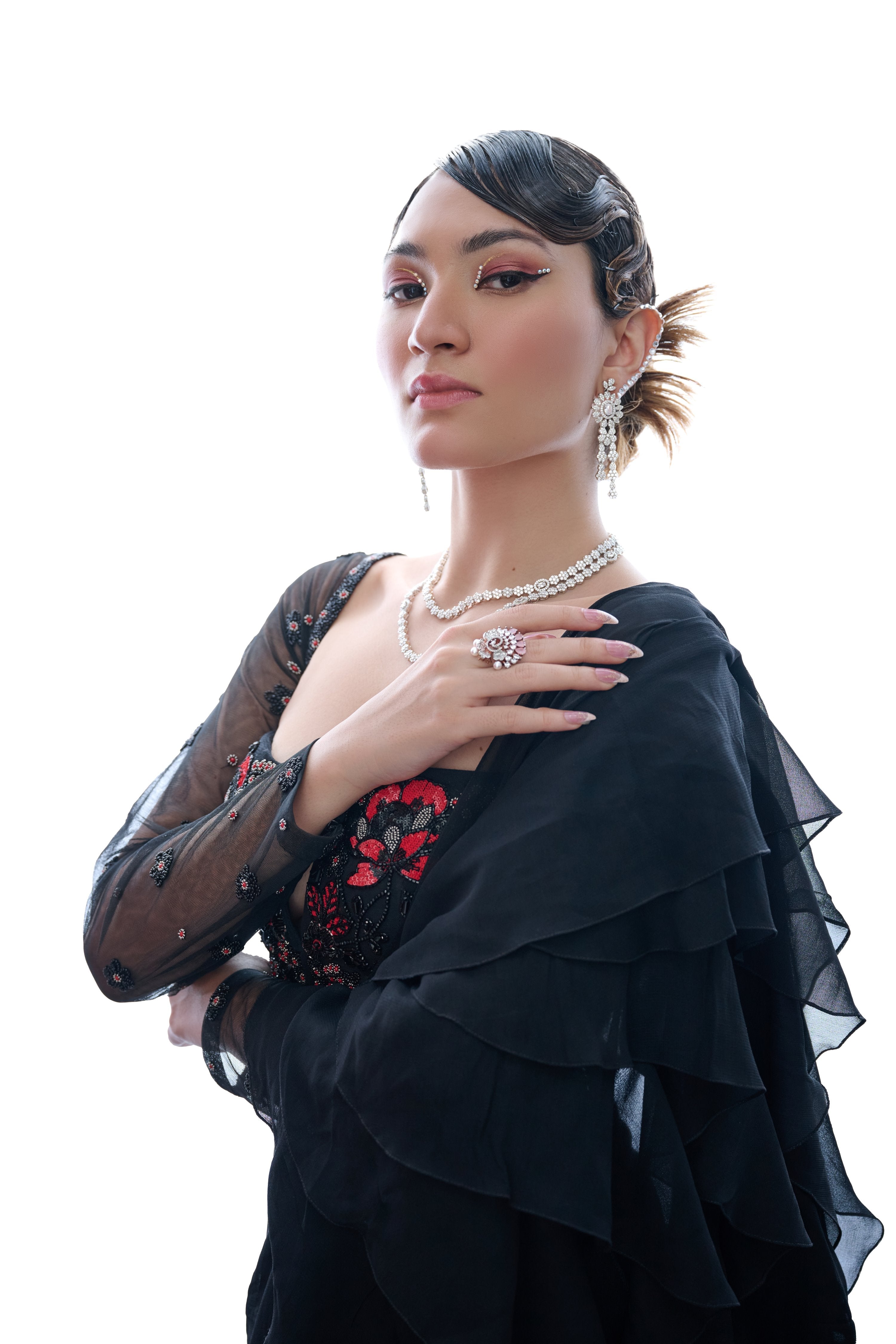Beyond the Ao Dai: Unveiling the Rich Tapestry of Traditional Clothes of Vietnam When thinking of traditional clothes of Vietnam, the image that most readily springs to mind is undoubtedly the graceful Ao Dai. This flowing tunic worn over trousers has become synonymous with Vietnamese elegance and is a beloved symbol of national identity. However, the story of Vietnamese traditional clothing extends far beyond the Ao Dai, encompassing a fascinating array of garments reflecting regional variations, social status, and the diverse ethnic tapestry that makes up Vietnam. Let's embark on a journey to explore the rich history and vibrant present of these beautiful and culturally significant clothes. The Ao Dai, meaning "long shirt," is often considered the national garment, particularly for women. Its form, a close-fitting tunic with long panels front and back, worn over flowing trousers, is instantly recognizable. While the Ao Dai’s modern iteration is relatively recent, solidifying its form in the 1930s thanks to Parisian-inspired designs, its roots lie in earlier forms of Vietnamese court attire. This evolution speaks to the adaptability and enduring appeal of embracing both tradition and contemporary influences. Beyond its aesthetic appeal, the Ao Dai represents much more. It embodies grace, sophistication, and a subtle sensuality. The fitted design accentuates the wearer's silhouette, while the flowing panels allow for ease of movement. It's a garment worn with pride, often reserved for special occasions like weddings, festivals, and formal events. You'll also see it as a school uniform in many high schools across Vietnam, instilling a sense of discipline and national pride in young women. However, limiting our view to solely the Ao Dai overlooks a significant portion of Vietnam's sartorial heritage. Throughout the country's history, different regions developed distinct styles reflecting local climate, available materials, and cultural influences. The 'Ao Tu Than,' a four-panel dress worn by Northern women in rural areas, offers a prime example. Simpler and more practical than the Ao Dai, it was designed for everyday tasks and agricultural work. The 'Ao Ba Ba,' a simple, loose-fitting blouse and trousers set primarily worn in Southern Vietnam, is another crucial element of the country's traditional clothing landscape. Often made from comfortable materials like cotton or silk, it’s a staple for farmers and laborers due to its practicality and ease of movement. Unlike the Ao Dai, the Ao Ba Ba is less formal and more reflective of the agrarian lifestyle.
The differences in climate also played a vital role. Northern Vietnam, with its cooler winters, saw the development of heavier fabrics and layered clothing. Southern Vietnam, with its tropical climate, favored lighter, more breathable materials. This variation in textile usage highlights the intimate relationship between clothing and the environment. It's also crucial to remember the contribution of Vietnam's diverse ethnic minority groups. Each group boasts unique traditional attire, often adorned with intricate embroidery, vibrant colors, and distinctive patterns that reflect their cultural identity and traditions. For instance, the Hmong people are known for their vibrant indigo-dyed clothing and elaborate silver jewelry, while the Thai people are renowned for their finely woven silk garments and intricate brocades. These ethnic costumes are not just clothing; they are living testaments to the rich cultural mosaic of Vietnam. Furthermore, social status traditionally dictated the type of clothing one could wear. Members of the royal court and aristocracy adorned themselves with elaborate silk garments, often embellished with gold embroidery and intricate designs. Commoners, on the other hand, typically wore simpler clothing made from more readily available materials like cotton or hemp. This distinction in dress served as a visual indicator of social hierarchy and power. Today, the traditional clothes of Vietnam are experiencing a resurgence in popularity. While the Ao Dai remains a symbol of national pride, there's a growing appreciation for the other regional and ethnic variations. Designers are drawing inspiration from these traditional garments, incorporating them into contemporary fashion designs, and breathing new life into age-old styles. This renewed interest also speaks to a broader trend of cultural preservation. Vietnamese people are increasingly keen to reconnect with their heritage and celebrate their unique cultural identity. Wearing traditional clothing is one way to express this pride and keep these valuable traditions alive for future generations. For women interested in exploring Vietnamese fashion, understanding the nuances of traditional clothing offers a deeper appreciation for the country's rich cultural heritage. Whether you choose to wear a classic Ao Dai, embrace the simplicity of an Ao Ba Ba, or admire the intricate craftsmanship of ethnic minority costumes, you'll be engaging with a story that spans centuries.
Consider the fabric: Silk, known for its luxurious feel and beautiful drape, is a popular choice for the Ao Dai and other formal attire. Cotton and linen are more practical options for everyday wear, particularly in warmer climates. Pay attention to the details: Embroidery, beading, and other embellishments can add a touch of elegance and personalization to your garment. Look for pieces that showcase skilled craftsmanship and reflect your personal style. Explore the variations: Don't be afraid to experiment with different styles and colors. From the classic white Ao Dai to the vibrant hues of ethnic minority costumes, there's a wide range of options to choose from. Ultimately, the traditional clothes of Vietnam offer a window into the country's history, culture, and identity. By embracing these beautiful garments, we can not only express our appreciation for Vietnamese artistry but also contribute to the preservation of these valuable cultural traditions. So, venture beyond the familiar and discover the vibrant world of Vietnamese traditional clothing – a world of elegance, history, and enduring beauty.


